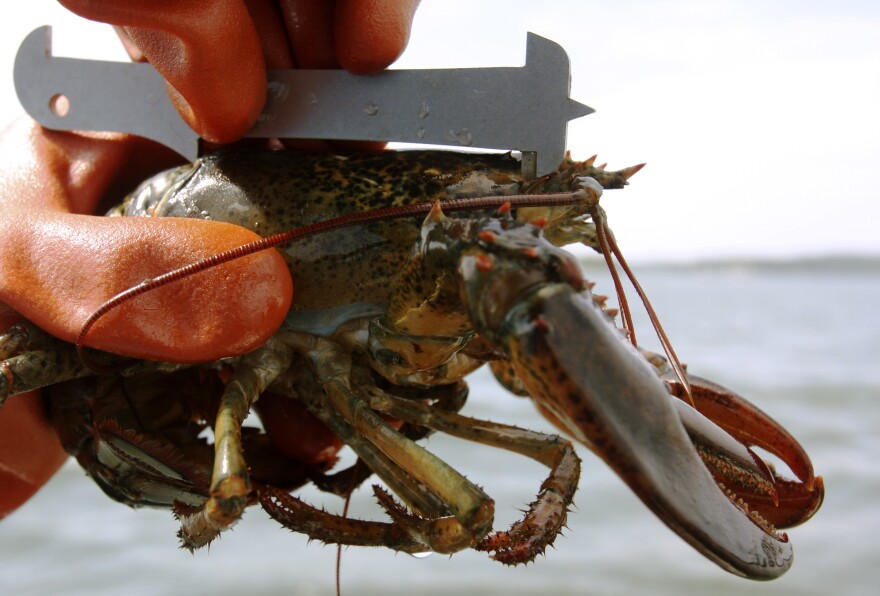Recent assessments show that the population of young lobsters in the Gulf of Maine has dropped, on average, by nearly 40% over a three-year period.
The population dip comes faster than fisheries managers anticipated and will eventually trigger changes for fishermen to preserve the spawning stock.
Earlier this year, the Atlantic States Marine Fisheries Commission approved new measures that would change the minimum and maximum catch sizes for lobster in certain parts of Maine. Those changes would occur only if the commission observes an average 35% decline in the juvenile lobster population over a three-year period, compared with a prior three-year period.
New trawl and trap survey data show that the population has met that threshold, dropping 39%, which Maine Department of Marine Resources Commissioner Pat Keliher said comes as a bit of a surprise.
"We never expected it to come this soon," he said of the observed decline in sublegal lobsters. "I think some of us were looking at two years, maybe three years based on the trends."
The minimum and maximum catch sizes for lobster in certain parts of the Gulf of Maine will change gradually by fractions of an inch starting in January 2025. Additional changes will be implemented in 2027 and 2028.
Keliher said that timeline is intended to give U.S. and Canadian officials time to create a more level playing field for lobstermen who fish near each other at the international border but are subject to different regulations.
The reasons behind the population decline are unclear, Keliher added.
"It's likely very much to do with some changing climate issues, some warmer water that we're seeing more consistently in the in shore areas," he said. "Lobster may be settling in some deeper water now."
Fishermen have previously expressed concerns about the new management measures, which are intended to allow sublegal lobsters to reproduce before being harvested.




